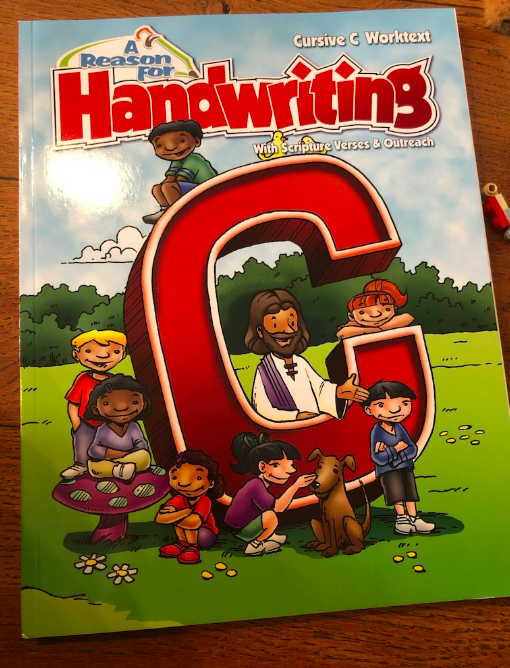Abigail Adams: Witness to a Revolution — Book Review
Reading is a cornerstone to our school here.
(Speaking of school – did I ever share a photo of Riley’s diploma? Someone somehow remind me to do that one day. Kevin did a fabulous job on it – it looks like a lovely work of art. And the official name on the official document? After much deliberation and various suggestions, we landed on Wildwood Halls of Ivy.)
But back to my original subject.
Reading.
With Ambleside Online, assigned read-alouds make up a large portion of our curriculum base.
This term our history focus has been the Revolutionary War period and the beginning of democracy in America.
We’ve read through Natalie Bober’s book Abigail Adams: Witness to a Revolution.
Natalie Bober is a fantastic writer of history.
Riley read one of her books when she was in junior high and she loved it. Which was a big deal coming from a kid who never admitted to caring for history in any way.
I was so impressed with Ms. Bober’s writing that I encouraged Riley to send her a letter and I sent her a letter expressing my appreciation as well.
Ms. Bober herself responded to our letters with a lovely one of her own. A few weeks later a package arrived at our door containing a stack of Natalie Bober books, most of them signed copies with notes to Riley in the covers.
Of course I immediately became a lifelong fan of the author.
I was pretty excited when I saw our first Natalie Bober book appear on Ambleside’s Year Four list.
We read the entire book out loud together.
Piper Finn and Otto were frequent listeners and I imagine both of them could answer your basic questions about the legendary lady’s extraordinary life.
Abigail Adams certainly lived a life filled with enough interest for any writer, but the story was so artfully woven together with carefully documented letters in Adams’ own hand that it made compelling literature.
It’s history. True, preserved and passed down, factual history. But it is anything but dull or old-fashioned.
Yes, the occasional chapter was long for a single read-aloud session. But no child ever complained as they listened closely.
Bergen sighed when John Adams left his growing family time after time to pursue a political career in other cities. He cheered when Mr. Adams chose to return home when a Congressional session ended. “Finally, he cares more about his wife and children than himself,” he declared.
Today, when I reached the scene recording Abigail’s only remaining daughter’s death from cancer in her forties, I wept.
I had to pause while five sets of wide-open eyes watched me.
“Is her dead, Momma?” Otto inquired.
“It’s so sad, isn’t it?” London asked.
And it was.
I know I’m getting old – Beth texted me this weekend to point out the fact that my 40th birthday was only 45 days away – however, I don’t think my tears were just about my own old age. I think it was because when Ms. Bober records a slice of history in a story, as a reader you are tied to the rise and the fall of each well-written character.
I was sad for Abigail. To live well into her seventies and to have to watch not one, but three, of her children die before she did. It is a tragedy that moves even a casual observer.
And when you finish a Bober history, you are no longer a casual observer.
Through the letters of Abigail Adams and the frequent use of the First Lady’s own phrases and spellings, the reader is involved in the life of this remarkable woman and historical family.
It’s a good read.
And it reminded me of how much I am looking forward to putting more Natalie Bober stories into the hands of my children.
I think Thomas Jefferson is next.





One Comment
shelley
Great review. I always love a good book recommendation!